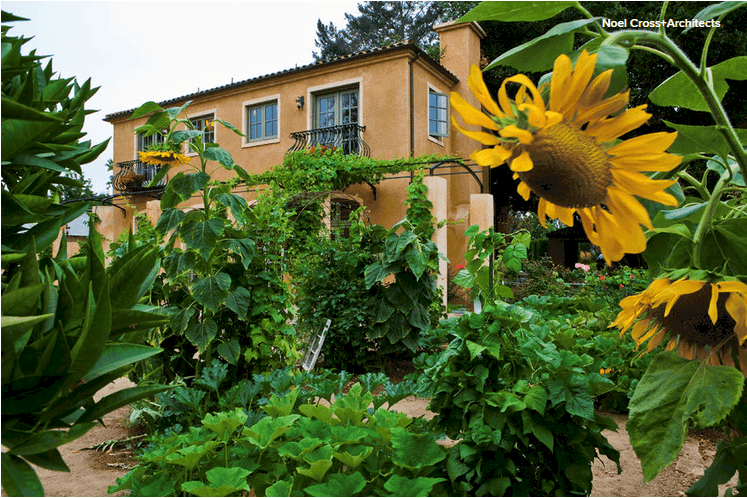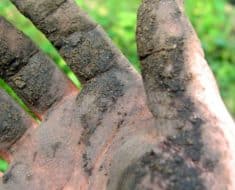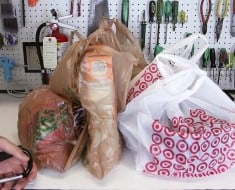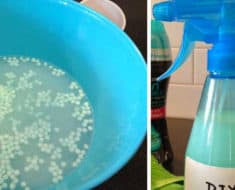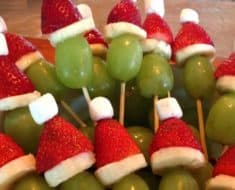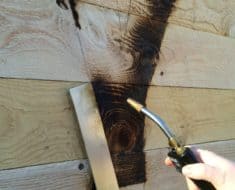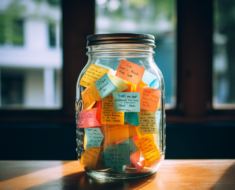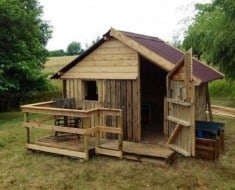Guess what? Summer is pretty much here and it time to start planting those seeds! Who doesn’t love a yard full of Sunflowers? Here are a few tips on how to grow gorgeous, healthy Sunflowers! At the end there are tips on how to harvest them and roast the seeds for a healthy snack!
Sunflowers are available in sizes ranging from 2-foot dwarfs to 16-foot giants and in colors from white to deep burgundy. If you want a crop of seeds, look for the traditional taller varieties that are designated producers of edible seeds.
When to plant: In spring when the soil has reached 55 to 60 degrees Fahrenheit (13 to 16 degrees Celsius)
Light requirement: Full sun
Water requirement: Regular to generous
Days to maturity: 68 to 90
 Planting and care: Choose a spot that gets full sun for at least six hours per day, preferably more, and that is not overly windy. Before planting, work in a complete fertilizer about 2 inches to the side of the planting row and about 2 inches deep.
Planting and care: Choose a spot that gets full sun for at least six hours per day, preferably more, and that is not overly windy. Before planting, work in a complete fertilizer about 2 inches to the side of the planting row and about 2 inches deep.
Plant seeds 1/2 inch deep and 6 to 12 inches apart, in rows 2 to 3 feet apart. Thin to 1 to 1 1/2 feet apart once the seedlings have reached about 6 inches. It’s generally better to start sunflowers from seeds, as transplanting can be tricky due to fragile taproots, but if you buy seedlings, set them 1 to 1 1/2 feet apart.
 Water the plants consistently and well during the growing season but don’t leave the soil soaking wet.
Water the plants consistently and well during the growing season but don’t leave the soil soaking wet.
If your soil is poor, you can fertilize lightly during the growing season, but you’ll need to be careful to avoid fertilizer burn.
Keep fertilizer away from the stems; feeding with a diluted liquid fertilizer in a watering basin a few inches away from the plants is your best bet.
You may need to stake the tallest plants. For a fun look, grow the sunflowers among pole beans; they can support each other.
 Watch for common pests, like aphids, beetles and mites, and for mildew, but overall you shouldn’t encounter too many problems. Birds can be your biggest adversaries, but also your biggest delights. If you want to keep the seeds for yourself, cover the flower heads with a light fabric (cheesecloth, onion bag, mesh, light landscape cloth or burlap) or even paper once the seeds appear. The drawback is that you’ll no longer have the bright flowers to look at.
Watch for common pests, like aphids, beetles and mites, and for mildew, but overall you shouldn’t encounter too many problems. Birds can be your biggest adversaries, but also your biggest delights. If you want to keep the seeds for yourself, cover the flower heads with a light fabric (cheesecloth, onion bag, mesh, light landscape cloth or burlap) or even paper once the seeds appear. The drawback is that you’ll no longer have the bright flowers to look at.
On the other hand, consider sunflowers free food for birds you may want in your garden anyway. In fact, the sunflower shown here was not planted by the gardener. It most likely came from a seed carried by jays visiting the garden’s platform feeder.
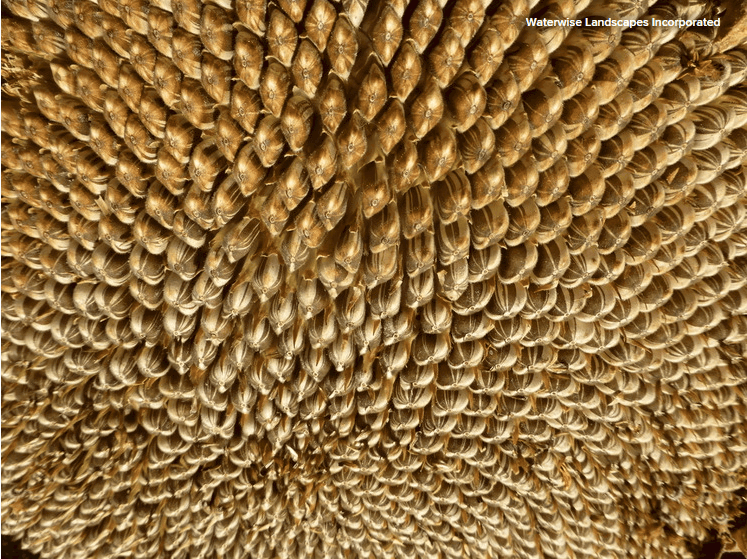 Harvest: When the seeds are fairly hard and the backs of the flower heads have turned brown, cut the stems 1 to 2 feet below the flower head. Hang the flowers upside down to dry in a warm spot with good ventilation and out of direct sunlight. Once the seeds are completely dry, rub them to remove them from the flower head and store them in a cool, dry place.
Harvest: When the seeds are fairly hard and the backs of the flower heads have turned brown, cut the stems 1 to 2 feet below the flower head. Hang the flowers upside down to dry in a warm spot with good ventilation and out of direct sunlight. Once the seeds are completely dry, rub them to remove them from the flower head and store them in a cool, dry place.
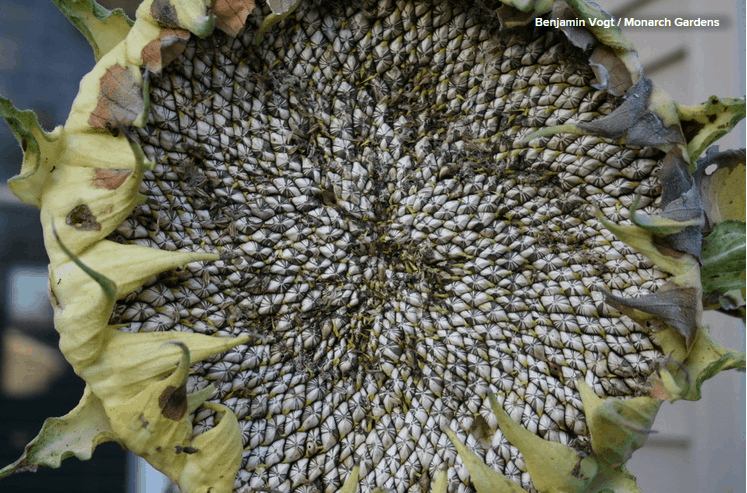 Sunflower seeds can be eaten raw, but to roast them, soak them overnight in plain or salted water. Rinse and dry the seeds, then spread them out on a baking sheet and roast in a 300-degree oven for 30 to 40 minutes. (You can also roast at a lower temperature for a longer period.) Remove them from the oven and add salt or other seasonings to suit your taste.
Sunflower seeds can be eaten raw, but to roast them, soak them overnight in plain or salted water. Rinse and dry the seeds, then spread them out on a baking sheet and roast in a 300-degree oven for 30 to 40 minutes. (You can also roast at a lower temperature for a longer period.) Remove them from the oven and add salt or other seasonings to suit your taste.
Source : HouzzTV






